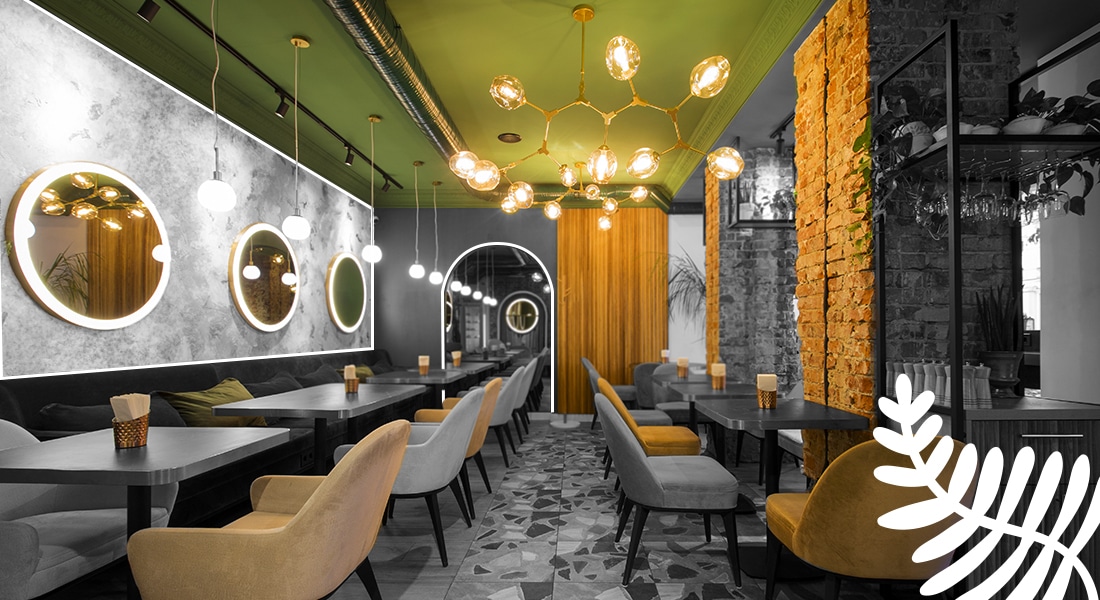Japanese interior design entered the west in the mid-19th century when trade between the west and east of the world opened.
Although it was known in the west in the 16th century, the Japanese style was not widely accepted at the time. Japanese design is one of the most important influences on minimalism and sets principles for creating a “Zen” interior.
The key to the Japanese interior design concept is “Ma”. This concept aims at a balance between the available space that can be used on the one hand and furniture and other objects on the other.
Ma is used to keep spaces clear and uncluttered and to create a special and quiet home for residents and visitors, the main principles of Japanese interiors.
A quick look at Japanese interior design
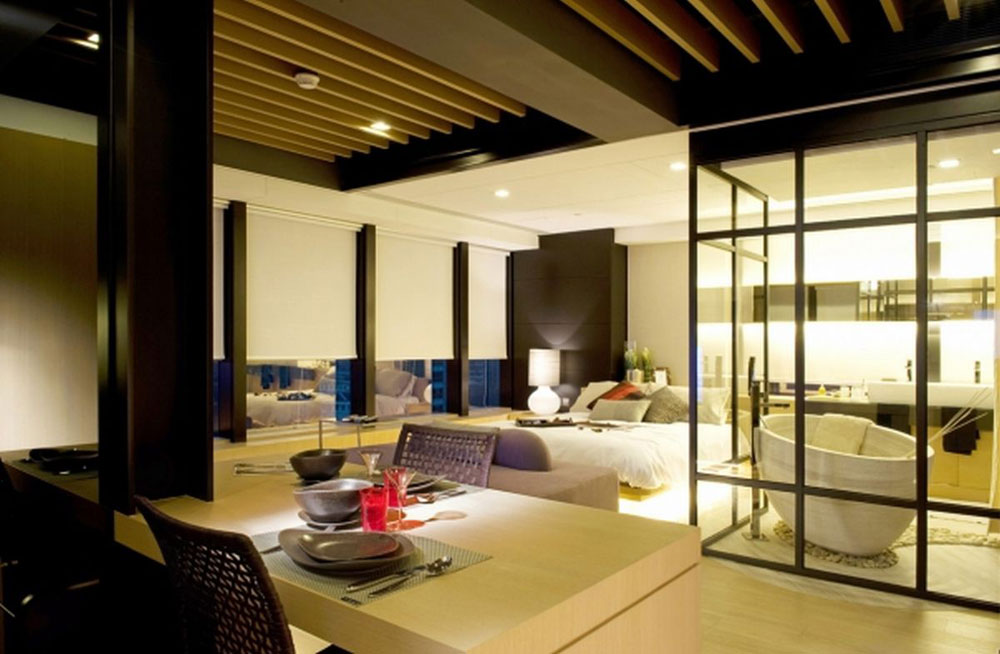
Japanese designs are all about Zen. Zen comes from the school of Mahayana Buddhism and emphasizes the value of meditation and intuition. The Japanese-style rooms promote a peaceful simplicity that surrounds the humble designs of Japanese culture.
The Japanese style house is the result of millennia of Japanese architecture and interior design that lead to a clean and uncluttered lifestyle. The Japanese decor stands for balance, order, old customs and a love of natural beauty.
If you look at the ancient tea ceremonies and lifestyle of Japanese culture, there is an endearing quality to it that is worth repeating. Modern Japanese home interiors can be used to bring zen to any home and everyday life.
After all, we can all benefit from peace and harmony in our homes and in our lives. It’s the simplicity of the Japanese-style homes that appeals across many cultures and borders. It can be nice to see Ma’s inspiration in the houses where it first bloomed.
Adding elements of nature
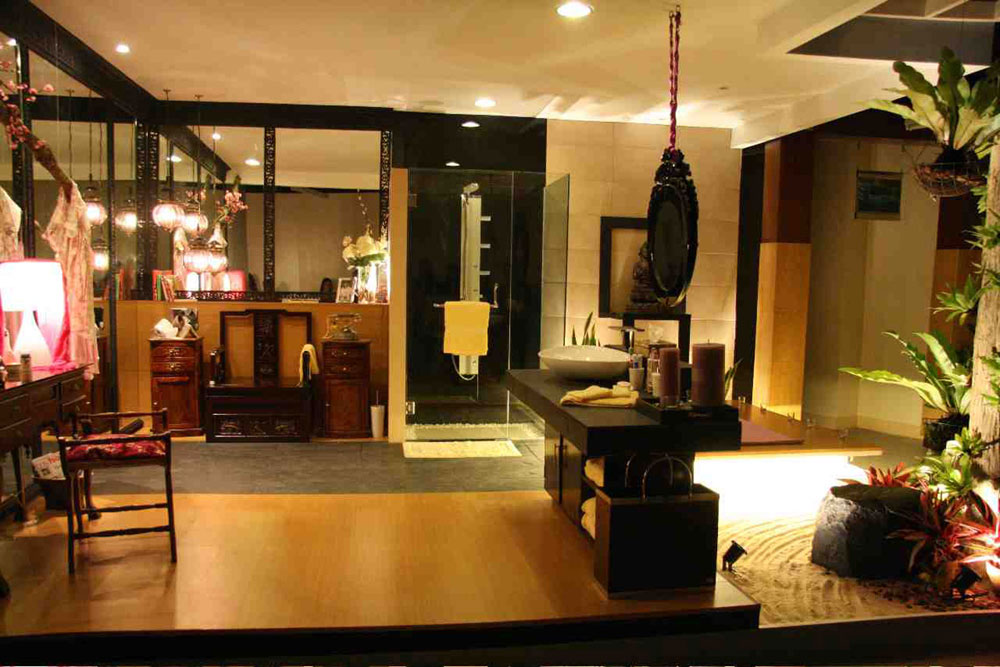
Japanese culture shares a lot of love and respect for nature. It is believed that the best way to keep connected to the natural world is to bring nature home. Adding a traditional Japanese plant like bonsai and bamboo can help create a Japanese feel of space.
However, you can use any deep green plant to achieve a similar effect. For example, you can consider palm trees or orchids. However, flowers are not typical of Japanese-style rooms and apartments to keep them simple, natural, and green.
Consider adding a bathtub
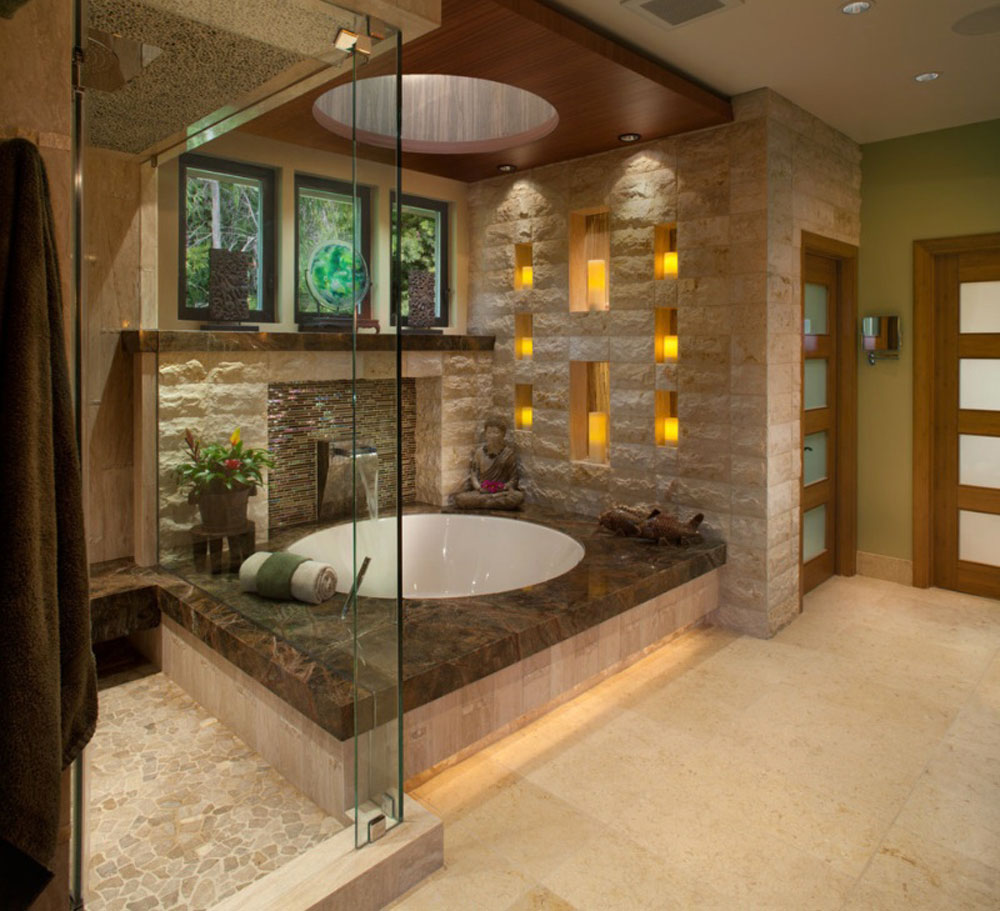
A bathtub is a small deep tub that usually has a small bench seat. Many of the health-conscious people in the east seek them out. Water elements are very important in the interior decoration and design of Japanese houses. Water noises like those from small indoor fountains encourage meditation and help calm down from everyday stress. The word Ofuro means bath in English. It’s a quiet tradition that those of us in the west could benefit from if this element were incorporated into Japanese apartment design.
Sliding doors and screens
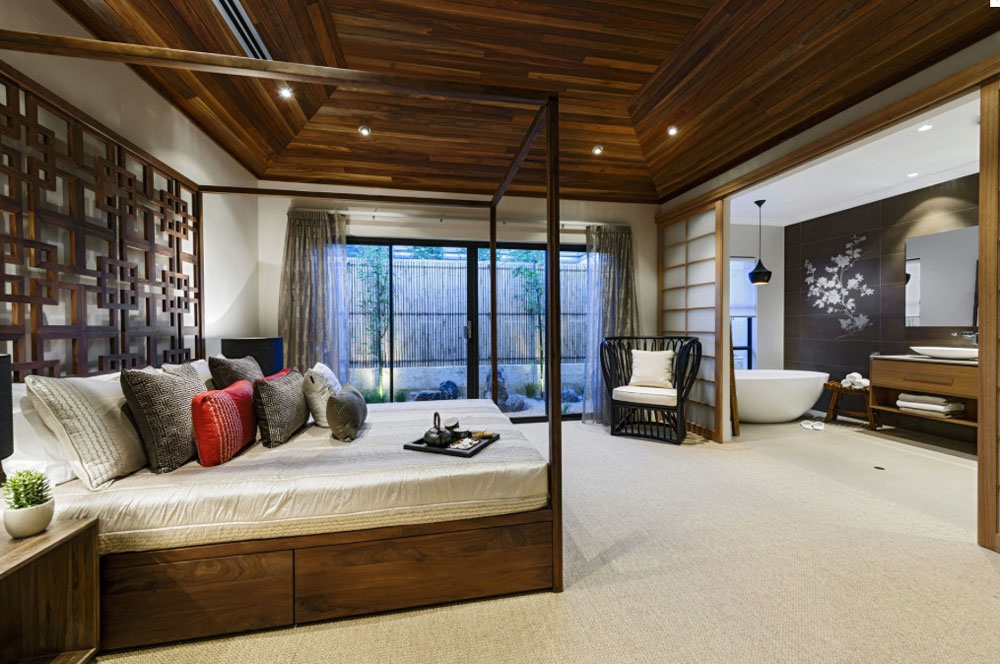
Due to the high housing costs and the lack of space in Japan, they are rather small by Western standards. It also means that many people are renting apartments instead of buying a house. It is because of these factors that the shoju is so important in the Japanese home. A shoji is an authentic Japanese screen. Unlike doors, the Shoji slides back and forth, saving space that the swing door would take up.
Wood and bamboo elements
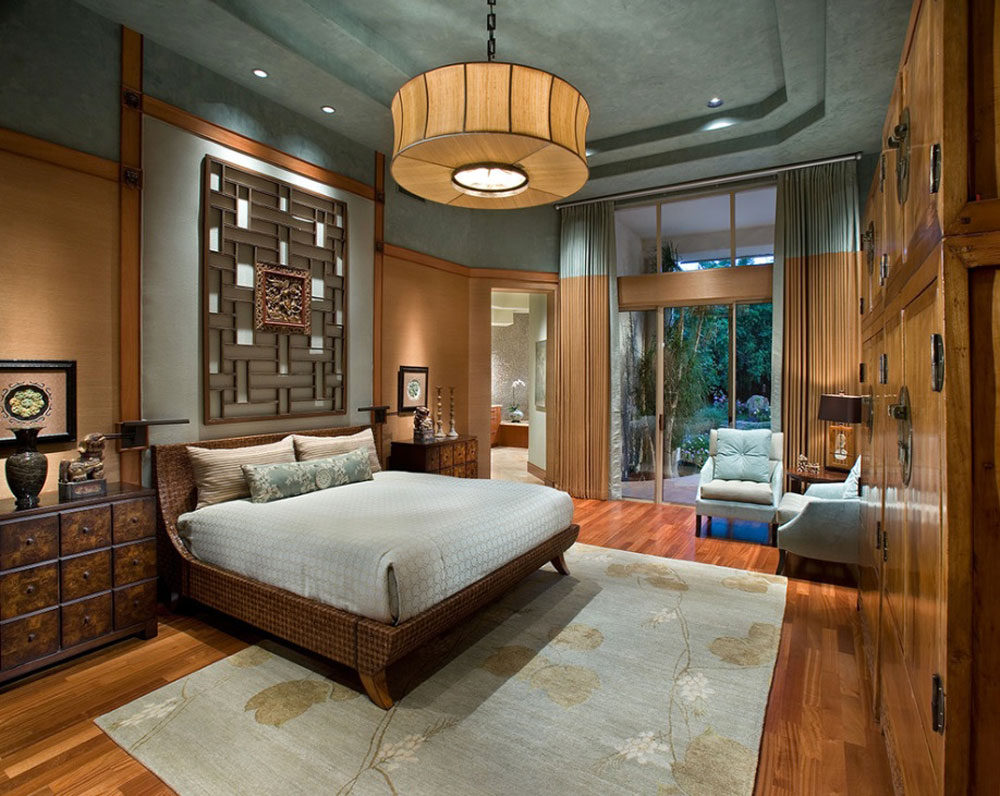
Japanese culture is known for the use of wood in their homes. Many items such as walls, doors, screen grilles, and frames are commonly made from wood. If you’re looking to try and incorporate wood into your Japanese home decor, maple, cypress, hemlock, and red pine are some of the most common woods in the western world. Bamboo is also popular in the east and west. It’s perfect for Japanese decorations as seen in the picture below.
The Japanese entrance
In Japanese and input, a Genkan is called. This entrance area is the area where visitors are greeted. Shoes are also taken off and slippers put on here. It would be interesting to try to create such a space when planning a Japanese style house.
Japanese decor
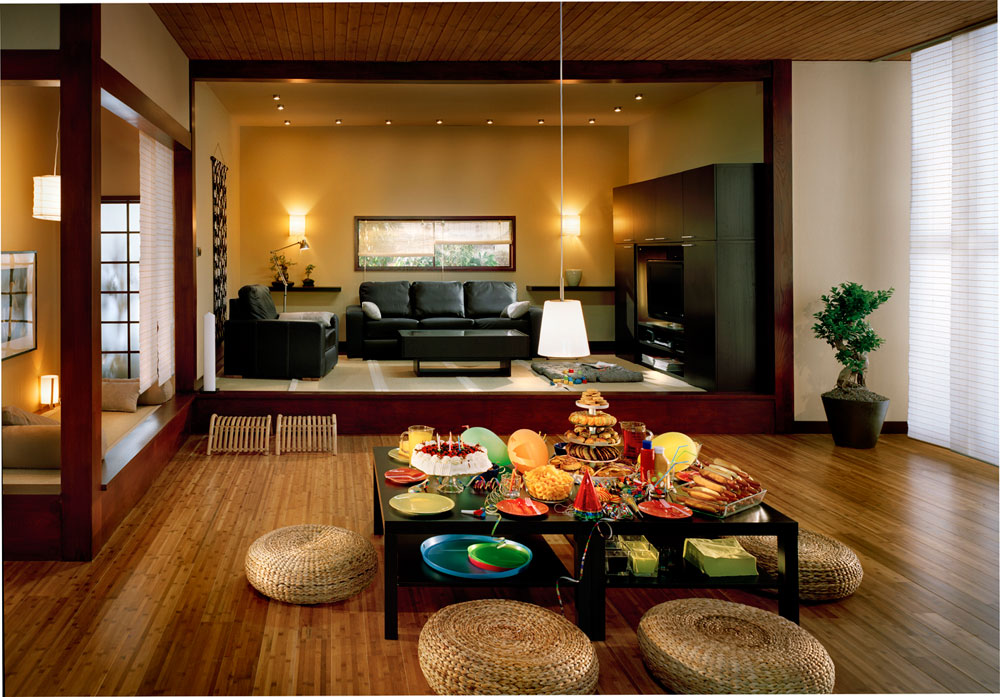
The greatest addition to most Japanese homes would be the shoji or some version of it. The images above give an impression of the styles used. These screens are used to separate living areas or to hide an area like the Japanese bedroom. They can be painted or simply found as you wish, but can also be stationary or flexible. Take a look around and find out what works best for you and your Japanese living room settings.
Colours
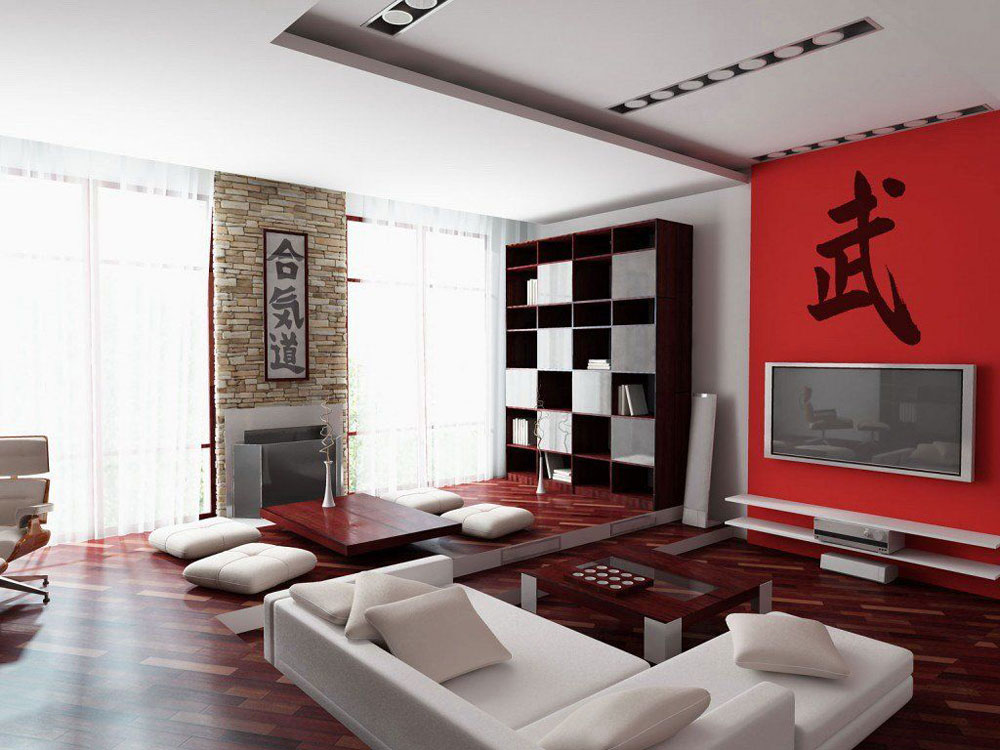
For the Japanese home design colors, if you are trying to get a zen feeling, choose from a neutral palette. Look around for colors in nature and choose soft and muted tones. Chocolate, moss green, and black are perfect for focus walls that can outline the space and create special corners.
lighting
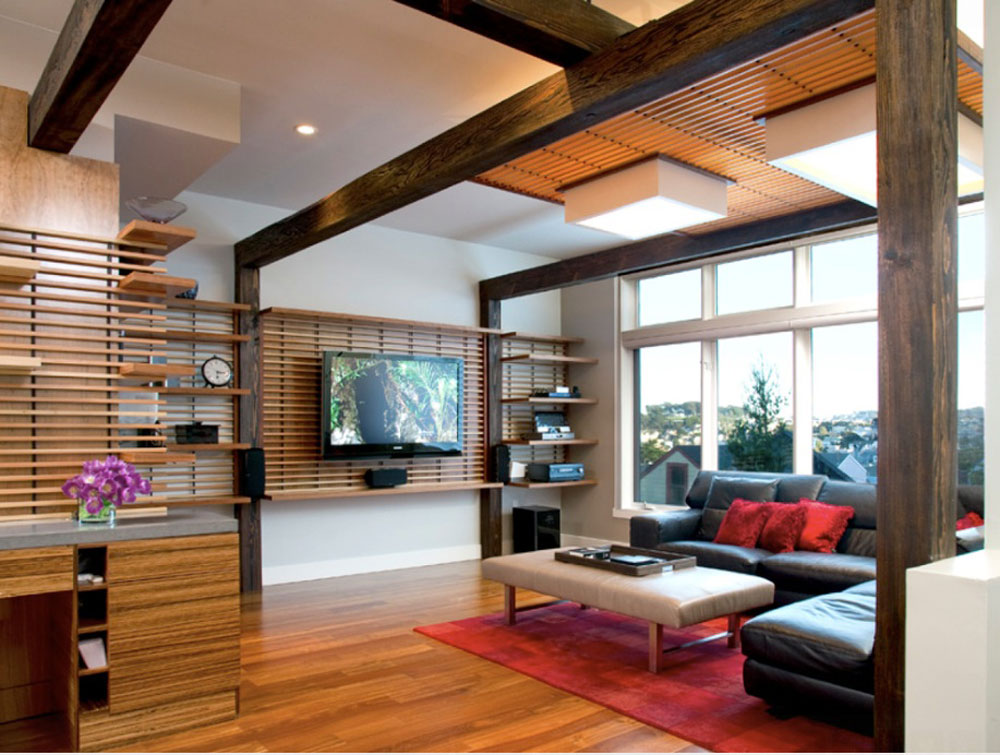
The best advice I can give in this regard is to try and use a medium to low light level. Bright lights are often seen as triggers for work and do not allow relaxation. The lower illuminance levels give your home an authentic Japanese design feel.
When possible, lights should be hidden or diffuse. This type of soft lighting helps to create a soft and soothing atmosphere in your home and to embellish the simple Japanese furniture design.
Flooring
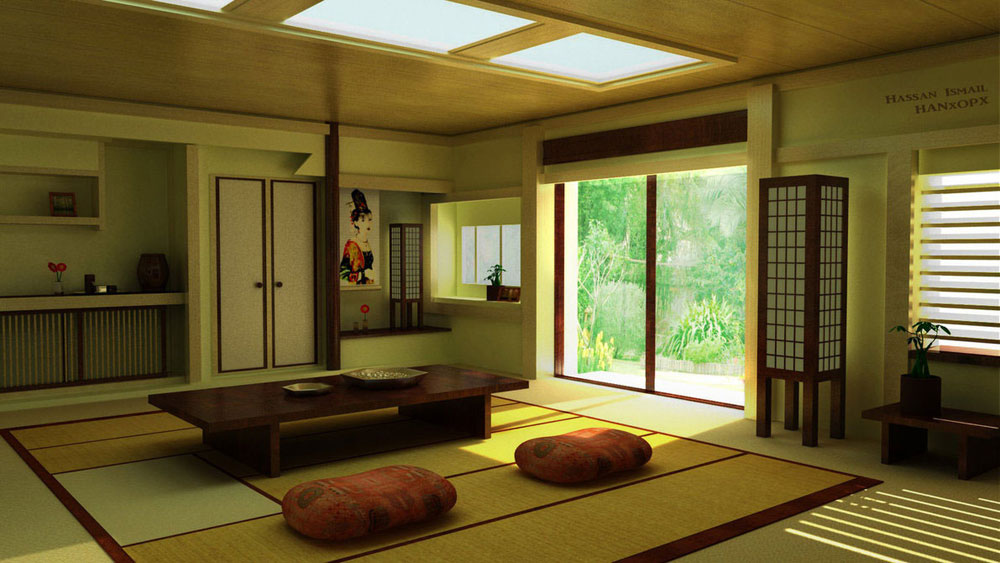
In the west, wood or bamboo collections are the best options available. The Japanese use tatami mats. If you want the feel of a traditional Japanese house, you can use some of these for a more authentic look.
Give your home a taste of Japanese style interior design
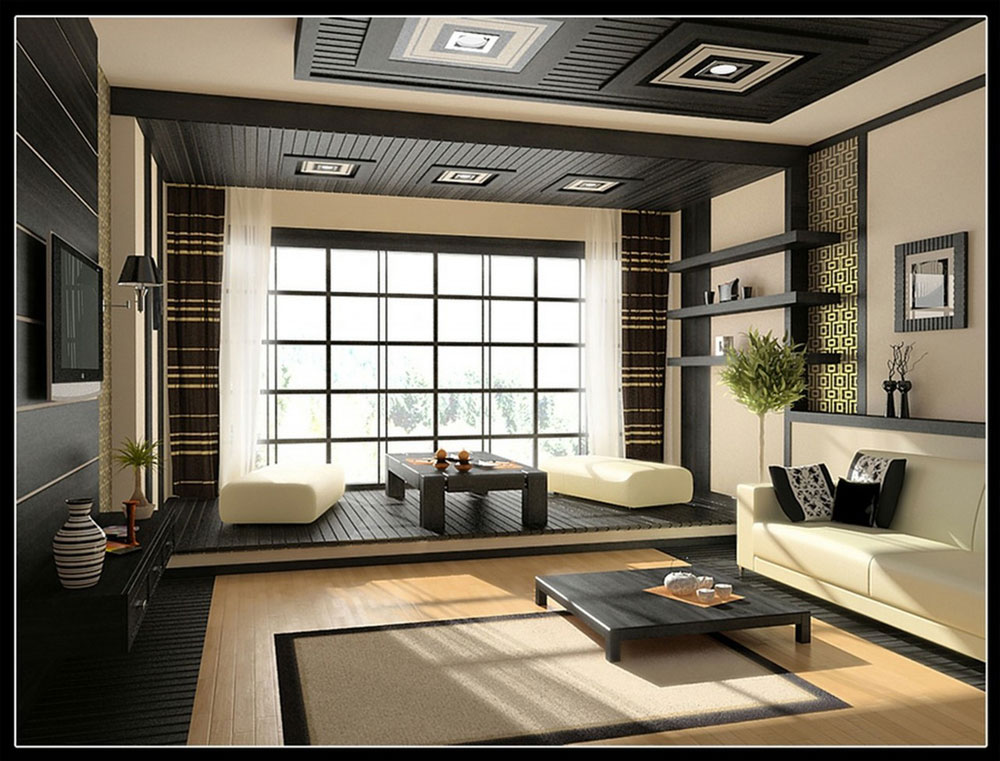
You don’t have to grow up in a traditional Japanese home to love it for its peaceful designs that are rooted in an ancient culture. You can achieve this Japanese interior design style to mimic its clean, simple and minimalist design throughout your home.
Just add natural wood elements, plain greenery, soft natural light, some modern furniture, water elements, a bathtub, soft flooring and screens to create your meditation room. The colors of the Japanese interior should all be derived from nature. Adding all of these small changes can give your home a rich Japanese room decoration that speaks about traditional culture and love of nature.
Do you think you would like this design for your home? What would you add to make this happen? Hope these Japanese decorating tips helped.
If you enjoyed reading this article about this Japanese interior design, you should read this too:
 Flower Love
Flower Love
